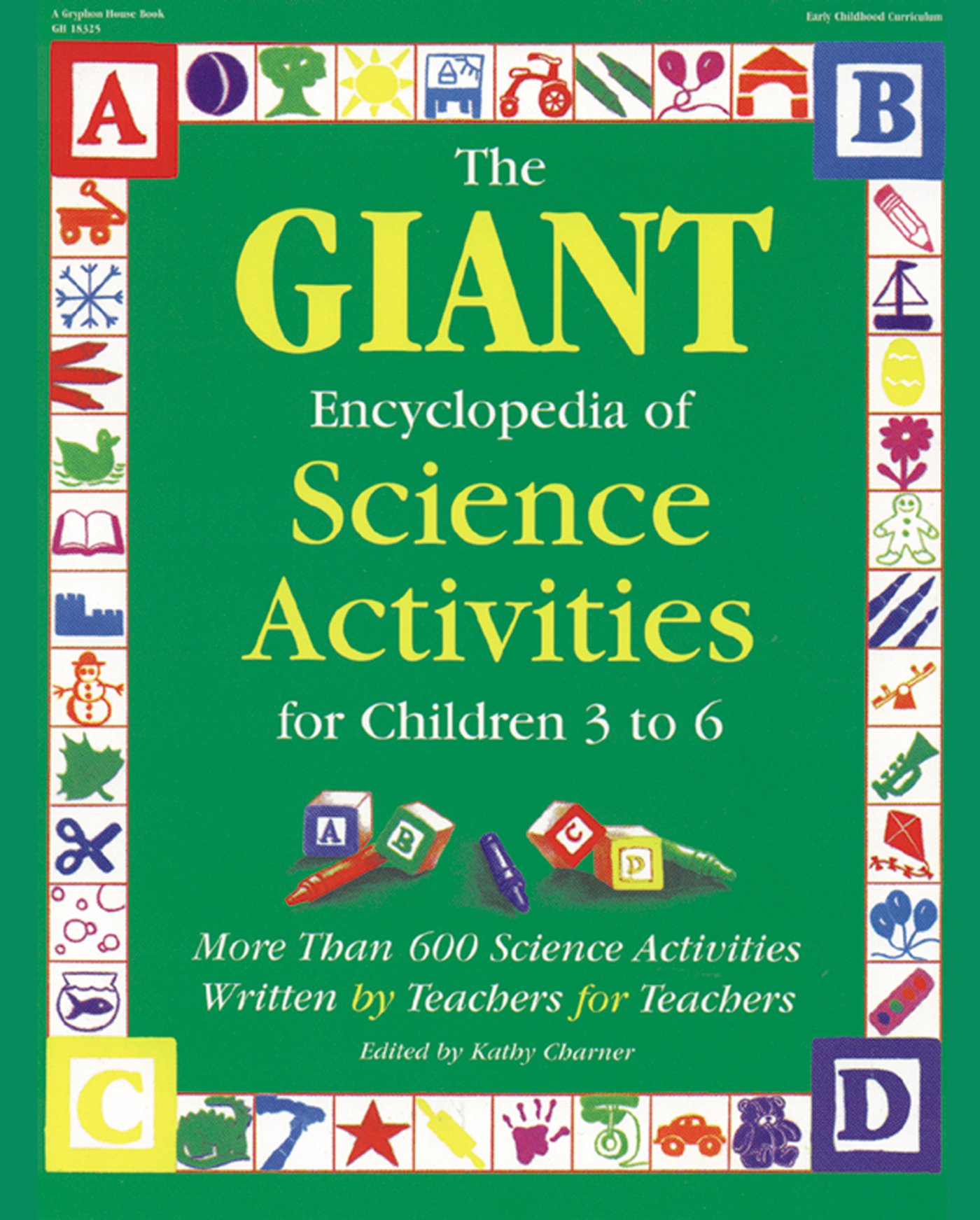Materials
Seeds of fast growing plants Soil
Flower pots or margarine tubs Wanda's Roses by Pat Brisson
Chart paper Markers2-liter drink bottle Popsicle sticks
Instructions
1. In advance, plant seeds and wait for them to flower. Alternatively, you could purchase fouralready flowering plants such as marigolds.
2. Read Wanda's Roses. Discuss the three things that Wanda says her rosebush needs to grow.
3. Explain to the children that you will be conducting an experiment to find out how important itis for a plant to have air, water and sunlight. Have children predict the importance of each.Write down their predictions.
4. Describe the experiment. One plant will receive sunlight, water and air. A second plant willbe given water and air, but it will be kept in a dark place such as in the closet, where it willreceive no sunlight. The third plant will have air and sun but no water. The fourth plant willbe given water and sun, but no fresh air (to do this, cut the top off the liter drink bottle andinvert it over the plant; seal, but allow to open for watering).
5. On the popsicle sticks, draw the elements that each of the plants will be allowed to receive:a sun, water droplets and a cloud-like figure to indicate air.
6. Set the plants in their appropriate locations.
7. Ask the children to check on the plants each day. As a class, keep a log of the condition ofeach plant each day. Have the children dictate sentences about the conditions of the plants.
8. This experiment can end at any point. For example, you may decide to monitor the plants forseveral weeks but not let them die.More to doDramatic play: Children become the plants and role play different scenarios such as "I havelots of sun, but no water. What do I look like?"More science: Ask the children what might happen if the elements that were withheld wererestored to the plant? Reverse the experiment and see how long it takes to restore the plants to ahealthy condition.
